Paediatric Podiatry has come a long way in the last decade. Not only do we have better parameters to identify “red flags’ early but just as important is that we can also identify what is classified as ‘normal ranges” for children. This enables us to also ease the minds of concerned parents.
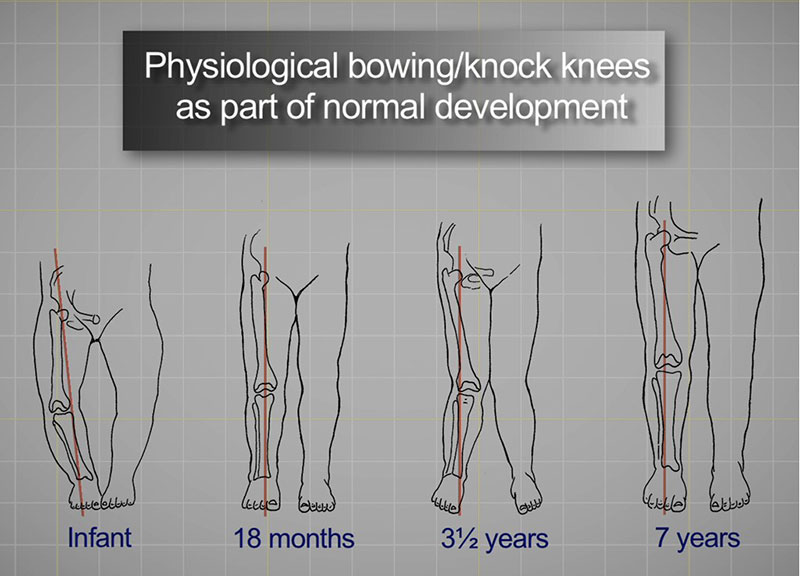
As you can see from this diagram there are a lot of changes that occur to a child’s feet and lower limb from birth to 6-7 years. For example “Flat feet” are a normal part of growth for a child around the age of 3 and can resolve naturally by the age of 6-8.
It’s important to monitor gait development in the growing child. Just as important are the levels of pain or dysfunction that may coincide with particular growing/gait patterns. The combination of the two signs and symptoms is where intervention is most likely to occur.

What can you to expect from a paediatric assessment with a Podiatrist at Peak?.
A full lower limb assessment including testing range of motion of the hip, knee, ankle and foot, reflexes, observation of walking and other skills like hopping, skipping and much more depending on age. We would also consider testing upper limb joints if joint hypermobility is suspected. A very effective tool has been developed called the Gallop Tool which we use to assess children.
Taking a full medical history of birth and milestones, like walking and running can help identify if there are any “red flags” to consider or if a referral to a Paediatric orthopaedic Surgeon or neurologist is required.
A good example is toe walking, it is a very common variant with young children that they usually grow out of, but a thorough assessment will identify if its causes are idiopathic, habitual or neurological. Podiatry plays a large part in the treatment of toe walking. Early intervention to help manage and encourage a normal heel toe gait as soon as possible is always recommended. Delaying treatment can cause secondary issues later on. A knocked kneed position and in-toeing are also common variants seen between the ages of 3 and 7 and may not need treatment.
As children get older common growth plate injuries occur like Severs, which develops between 8 and 14years and Osgood Slatters from13-16years. Both are very treatable conditions if identified and managed early by your Podiatrist.

Correct Footwear is really import for children especially those presenting with pain. However barefoot time is also important for young children’s balance and intrinsic ankle and foot strength. We will provide a guidance of what it the best ratio for your child depending on their Gallop Tool Outcomes.



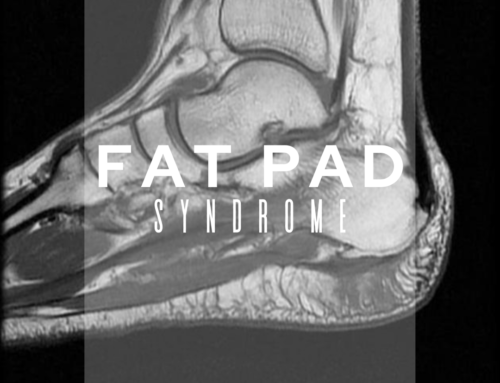
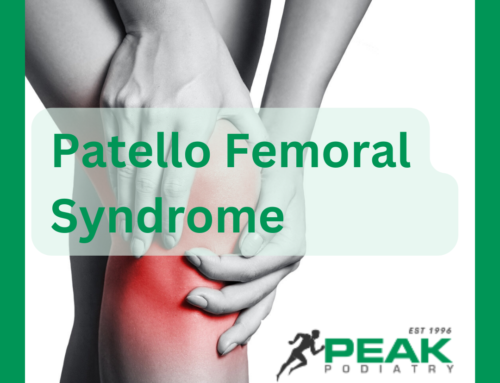
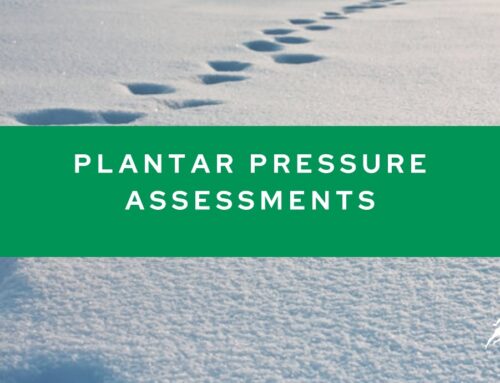
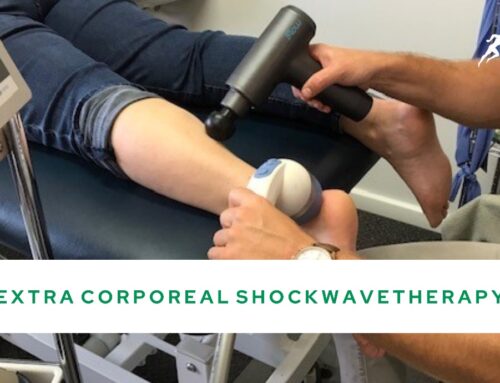

Leave A Comment